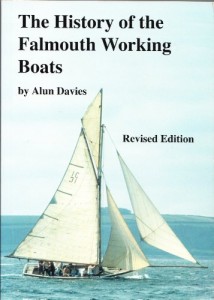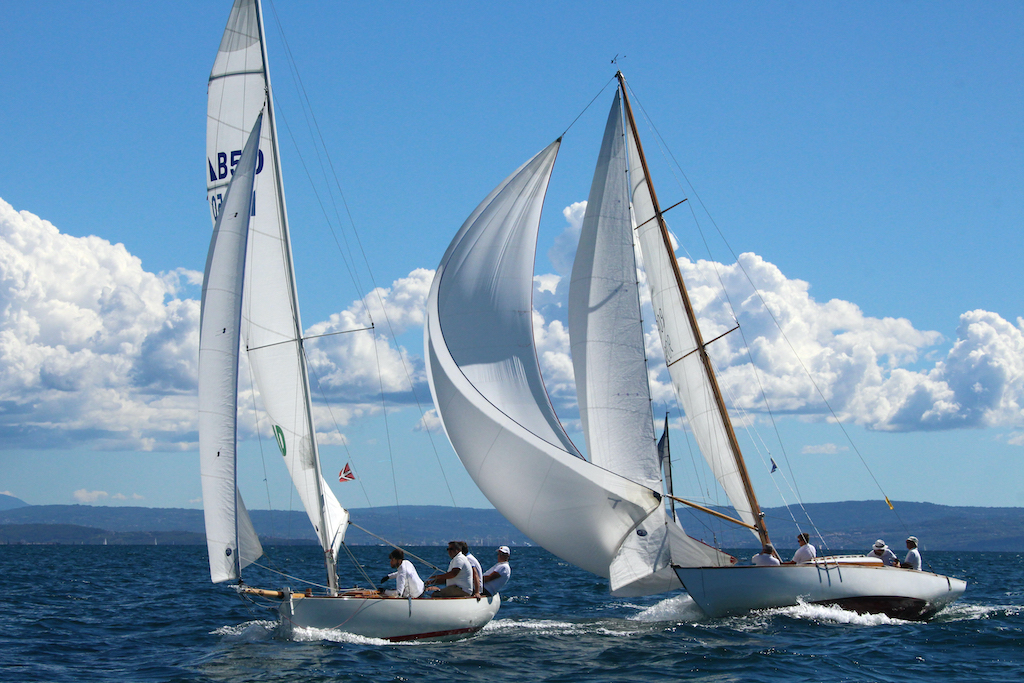In the far south west corner of England, on the River Fal in Cornwall, can be seen the world’s last fleet of oyster dredgers still working under sail alone. This is not a tourist attraction, but a viable commercial enterprise. During the winter months after the sleek yachts have been laid up, these sturdy vessels will be at work oyster dredging in the great sweep of water in Falmouth harbour known as Carrick Roads, the name deriving from the Cornish word for ‘Rock’. These unique craft are variously known as ‘Restronguet Creek Oyster Dredgers’, ‘Truro River Oyster Boats’ and their more familiar name ‘Falmouth Working Boats’. Their story has been more neglected by marine historians than that of any of the many fleets that have fished around the British coast, which is odd, as the fact that they alone have survived in their original 19th Century rig, should merit more than the all too common caption below dramatic photographs in the yachting press “Falmouth Working Boats racing – regularly at Falmouth”!
Whilst it is true that the summer racing fleet is now almost entirely composed of boats ‘that used to work’, there is a larger fleet kept for oyster dredging only which is rarely seen by those to whom the summer racing fleet presents such a familiar sight. During the poorest of oyster seasons, this fleet may contract to only half-a-dozen boats, but should the stocks of oysters on the fishery recover to the levels of the late 60s and early 70s, then doubtless we should see a fleet of over 30 sailboats working again. What is the secret of the durability of these boats? The reason for their continuing existence as a working fleet on the Truro Oyster Fishery is the restrictive nature of the bye-laws forbidding the removal of oysters from the Truro fishery by means of mechanically powered craft. It is our good fortune that this bye-law made in 1868 has both saved the Falmouth Working Boats and prevented overfishing that has dogged the rest of the fishing industry.









